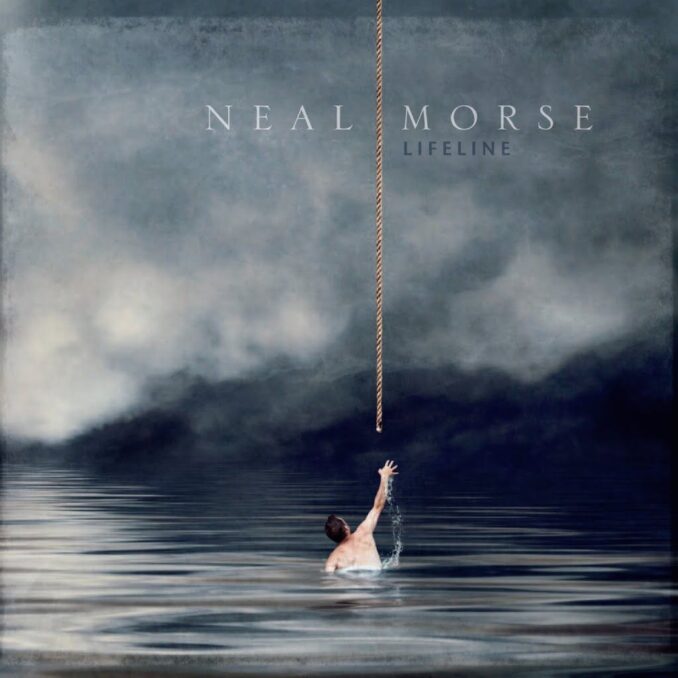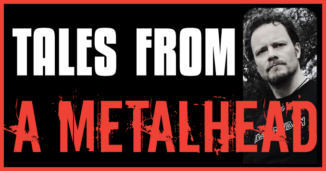
- NEAL MORSE - Lifeline - 8/108/10
Summary
Radiant Records
Release date: October 1, 2008
User Review
( vote)Barely three months after the release of his latest live DVD Sola Scriptura And Beyond, Neal Morse returns with a brand new full-length album. Neal Morse is one of today’s Progressive Rock scene’s biggest names. He started his career in the early 90’s with the Progressive Rock band Spock’s Beard, and has cooperated with, among others, Mike Portnoy (Dream Theater) in Transatlantic.
His new album is entitled Lifeline and is his first non-concept album as a solo artist. So, instead of writing lyrics that focuses on a story throughout the album he writes about his own experiences with religion and his beliefs. For those who aren’t familiar with Morse’s music it should be mentioned that after he “saw the light” in 2002 all the music he has written since has dealt with his passionate faith in God.
Neal Morse’s band consists of Mr. Morse himself on vocals, guitars and keyboard, Randy George (Ajalon) on bass and the already mentioned Mike Portnoy on drums.
Are you ready to press play? All right, now get ready for almost seventy minutes of music from one of Progressive Rock’s finest artists.
The first track on the album is also the title track and clocks in at thirteen and a half minutes, but it’s not the longest track on this album and that is one of Morse’s unofficial trademarks. “Lifeline” deals with Morse’s struggle and the desperation he felt before he became a born-again Christian in 2002. It opens with beautiful piano playing that turns into a quick piano “riff” where bass, guitars and drums enters too. There’s also a couple of keyboard tracks added here which really fills the soundscape. The first part of this section actually sounds a bit like Queen’s “Father To Son” from their great Queen II album.
From here on it gets more and more Progressive with odd-metered time structures and intricate playing. After four minutes of instrumental playing we get the first vocal parts. It’s typical optimistically Neal Morse vocal lines and can also be recognized by his double tracking of vocals and the way he suddenly cuts one of the channels to make the vocal in the left channel “answer” the vocal in the right channel and vice versa. He also shows his great skills on the keyboard and the guitar during this song with great solos on both instruments. The only “bad” part about this song is the ending that fades out. Songs should never fade out because if you play it live it needs to have an ending anyway. Fades almost always seem like an easy solution if you don’t know how to end the song.
“The Way Home” is an acoustic guitar driven song with multiple vocal tracks. It’s a beautiful ballad-like song with a beautiful melodic guitar solo. It’s a great way to break up the progress of the album a bit before the extreme third track; “Leviathan.” “Leviathan” is a really heavy track that also includes a saxophone. It’s probably the most interesting track musically on this record. It has extreme instrumental parts and thanks to the saxophone the song gets a wider dynamical spectrum. The lyrics tell the story of a sneezing sea monster, so it’s self-explanatory that this is not a typical Neal Morse song.
“God’s Love” is another acoustic guitar driven song. It’s not a bad track, but it sounds maybe a little too similar to “The Way Home” and therefore a bit unnecessary to include on this album. The next track, “Children Of The Chosen,” is more of a Spock’s Beard type of song. It’s a song with the typical Neal Morse drive to it and has more tempo than the two already mentioned ballad-like songs.
“So Many Roads” is the longest track on the record clocking in on almost twenty-nine minutes. It’s an epic and impressive track with incredibly many different parts. The song deals with Morse’s life and the different choices he has made and the roads he has traveled before seeing the light. “So Many Roads” really shows what a truly gifted musician Morse is, and not only is he a great vocalist, keyboardist and guitarist, but he is also a great songwriter. The danger about writing songs that lasts for as long as this is that the listeners may get bored, but Morse has included so many different parts in this song that it never truly gets boring. There are new elements to the song all the time; both great vocal parts and great instrumental parts, and it all becomes so varied that it is a thrill to listen to.
“Fly High” is the last track, and with this one Morse takes down the tempo again. It’s a piano driven song with an acoustic as well as an electric guitar. Paul Bielatowicz does a special appearance on this song and throws in a great guitar solo. Bielatowicz is a great guitarist that played in Morse’s band during the tour that eventually led to the Sola Scriptura And Beyond DVD. The song is a great way to end a great album.
It’s nearly impossible to review a Neal Morse album without commenting on his religious lyrics. If you have a big problem with religion and lyrics dealing with it, then this album will probably not fit your musical taste. However, this review is living proof to the fact that you don’t need to be a Christian to like Morse’s music. You can choose to respect his viewpoint and let him sing about whatever he wants or you can purchase an album of some other artist or band.
Bottom line, this is a great Progressive Rock album that those who like Progressive Rock should check out. Neal Morse is a talented musician and his band consists of just as talented musicians that together can create something as mighty and powerful as this type of album.
The band
Neal Morse: Vocals, guitars, keyboards
Mike Portnoy: Drums
Randy George: Bass
Tracklist
- Lifeline
- The Way Home
- Leviathan
- God’s Love
- Children Of The Chosen
- So Many Roads
- Fly High




Be the first to comment